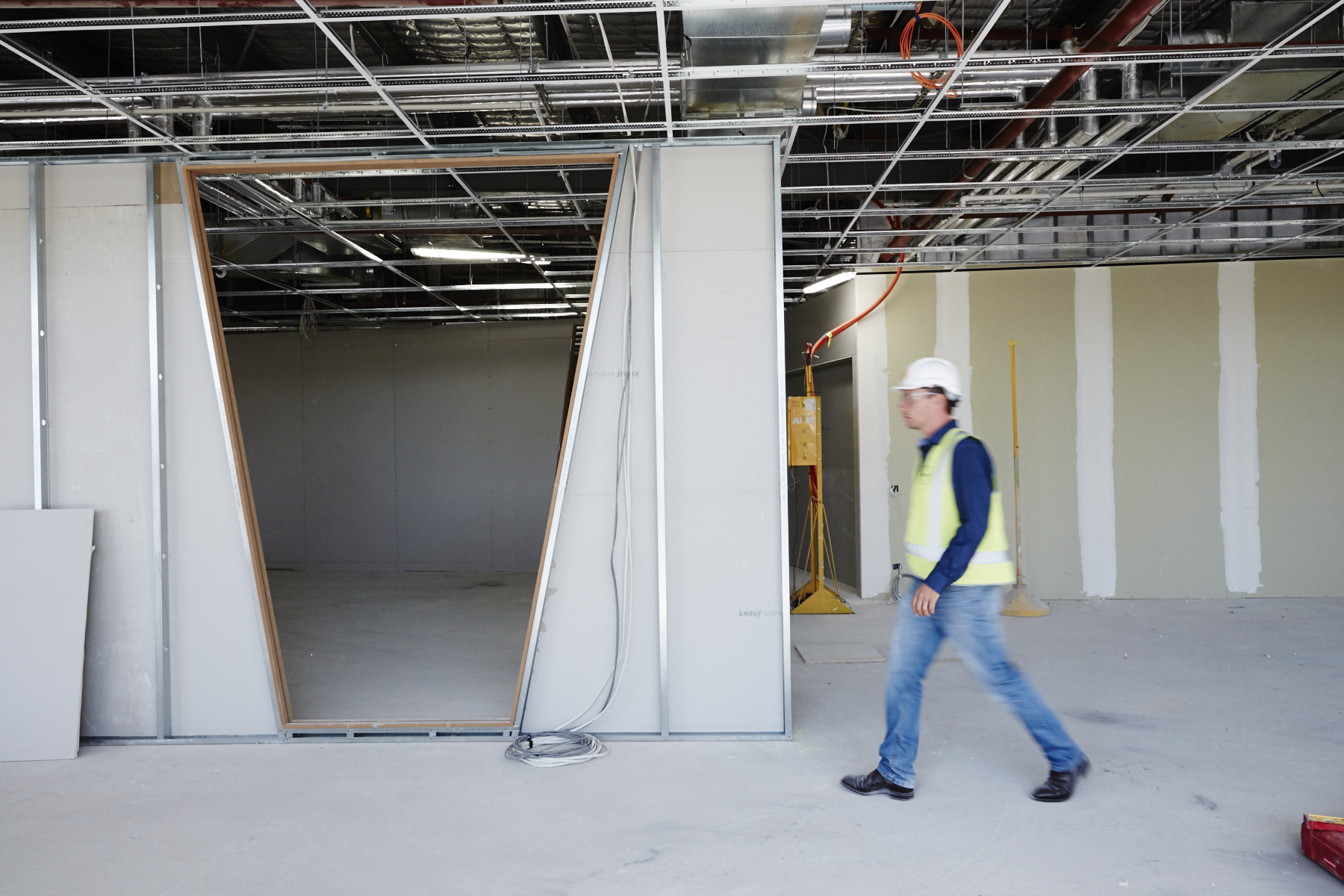
Before you start, be aware. A statement that’s at the forefront of all SHAPE projects, all year round and particularly relevant as we actively campaigned Asbestos Awareness Week earlier in November.
Knowing how to safely manage asbestos containing materials is critical to safeguard worker health across the industry.
According to Safe Work Australia, 24 per cent of asbestos-related claims between 2010-11 and 2014-15 came from the construction industry, with the most at-risk occupations being trade workers (44 per cent) and labourers (26 per cent).
What’s equally as shocking is that Australia has one of the highest measured incidence rates of mesothelioma in the world, with the Mesothelioma in Australia annual report identifying that each year 700-800 Australians are diagnosed with mesothelioma (a rare and aggressive cancer caused by asbestos exposure).
At SHAPE, our safety-first culture is something I’m extremely proud of. The wellbeing of our people and subcontractors is our top priority, and we pride ourselves on maintaining safety standards that go above and beyond the industry norm. Our asbestos management procedures are no exception to this.
Every SHAPE production team member undertakes asbestos awareness training as part of their onboarding process. The SHAPE Minimum Standard (SMS) mobile application, the Asbestos Management Procedure and Policy and our construction projects’ Site Specific Inductions ensure that asbestos risk is continuously assessed, communicated, controlled, reviewed and improved.
The core of our messaging to our people and subcontractors is that we must always assume that asbestos is present in buildings constructed prior to 31 December 2003, and all suspect materials should be assumed to contain asbestos until proven otherwise.
Specifically, we have a National Procurement Panel that has identified a core group of Occupational Hygienists who are engaged to conduct the preliminary site inspection. Our contracted hygienists complete invasive inspections and sampling, and their thorough reporting assists our site managers in developing project specific risk assessments and an easy-to-understand site induction for our subcontractors, before any boots even hit the ground.
Even with these planning and investigation processes in place, we are still acutely aware that suspect materials may be encountered during the construction phase, particularly during excavation and demolition activities. It is a critical aspect of all asbestos management processes to “be aware”, no matter how well a site has been investigated and cleared of asbestos, that asbestos may still be present.
To prepare for these discovery events, workforce awareness and preparation is key to preventing worker exposure. At SHAPE, we develop project-specific asbestos emergency response plans to ensure workers understand the risk and know how to safely respond. This alone has prevented many possible asbestos exposure and contamination events on our projects.

The wellbeing of our people and subcontractors is our top priority, and we pride ourselves on maintaining safety standards that go above and beyond the industry norm. Our asbestos management procedures are no exception to this.
Asbestos management at SHAPE is about being proactive, and sharing our experience with the industry. That’s why we developed the industry-first SHAPE Minimum Standards (SMS) mobile app, which provides quick and easy access to environmental, health, safety and quality information from any mobile device, including our procedures for asbestos management.
The free app breaks down standards on asbestos management in simple terms, while providing workers with the confidence to identify, understand and implement appropriate controls. Even when subcontractors are working for our competitors or other building managers directly, we want to empower them to flag any potential risks by having access to the SMS app wherever they go.
Since the initial release of our SHAPE Minimum Standards, we have already seen a significant improvement in our workforce’s understanding of asbestos management – for example, we have seen a decrease in incidents and increased logging of positive observations. Before the release of the SMS, asbestos-related positive observations were reported at 0.25 a month and this has since increased by 1,744 per cent to 4.36 per month. Likewise, there has been a 29 per cent decrease in asbestos-related incidents on SHAPE sites since the SHAPE Minimum Standards were introduced.
To find out more about SHAPE’s Mimimum Standards and download the app click here
These trends validate SHAPE’s efforts in raising awareness of asbestos management principles. Likewise, our ongoing commitment to the protection of our people highlights our passion to ensure all our people and subcontractors go home better for their experience with us.
I’m proud to say that SHAPE is at the forefront of asbestos management and I find pleasure in knowing that we always go above and beyond when it comes to safety. The costs and effort that SHAPE puts into asbestos management are far more important than risking someone’s life to asbestos-related illness.